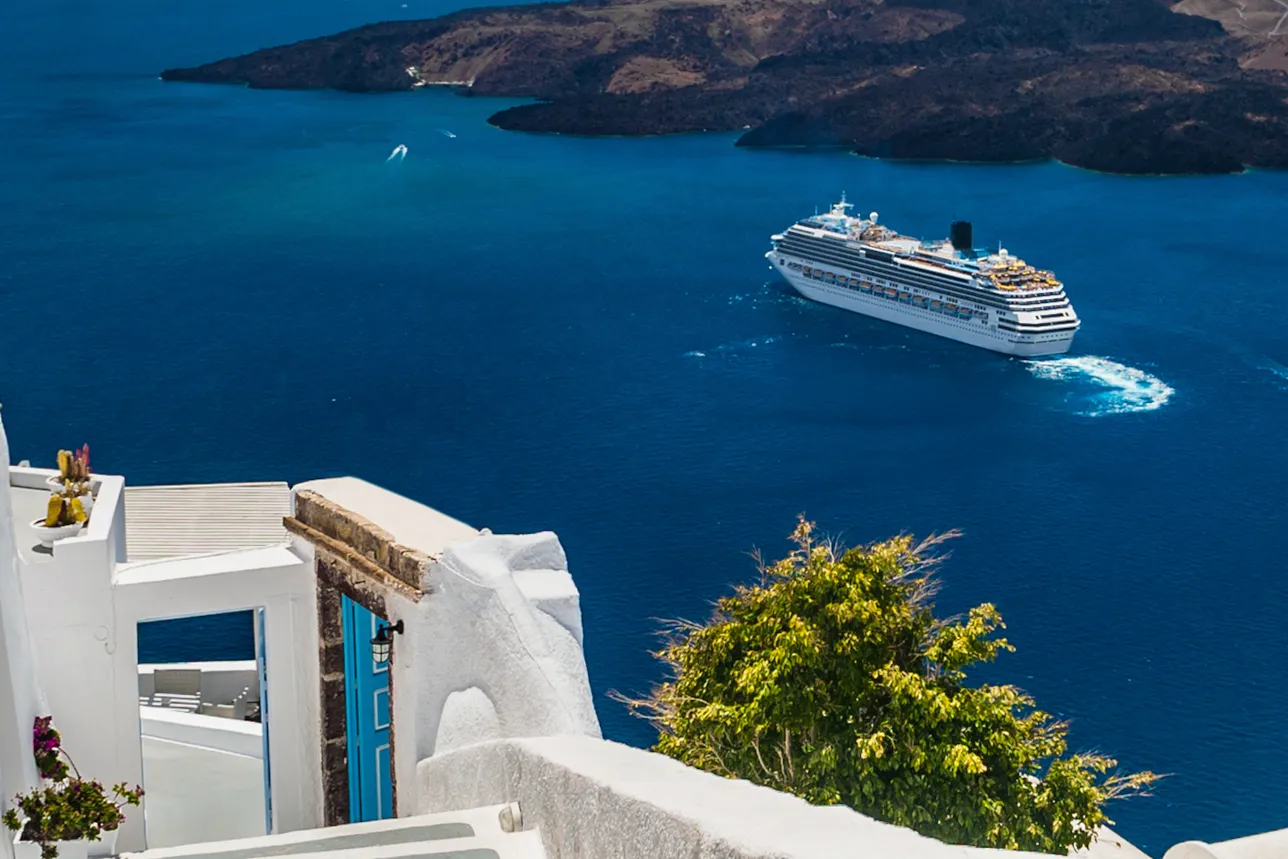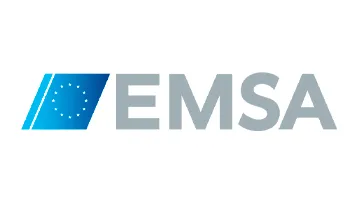

EMSA guides the safe restart of cruise ship operations in Europe
Maja Markovčić Kostelac, Executive Director of the European Maritime Safety Agency (EMSA), talks about the role of their recently issued EU Guidance for Cruise Ship Operations in helping the cruise industry to cope with COVID-19.
Featuring in this interview

Maja Markovčić Kostelac, Executive Director of the European Maritime Safety Agency

Maja Markovčić Kostelac took up the position of Executive Director on 1 January 2019. She is responsible for running and developing the agency under the oversight of the Administrative Board. Starting out as a maritime lawyer, she has since gained long-standing experience in the maritime field in both the public and private sector. Before joining EMSA, she was State Secretary for Croatia’s Ministry of the Sea, Transport and Infrastructure.
Why did EMSA decide to develop the Guidance for Cruise Ship Operations?

EMSA received a request from the maritime directors of the EU Member States and the European Commission to develop guidance, creating a common approach to the challenge of resuming cruise operations in the EU. The Guidance was jointly developed by EMSA and the European Centre for Disease Prevention and Control with contributions from the European Commission, EU Member States, port associations and relevant maritime stakeholders, including representatives from the cruise industry. The document has also been circulated in IMO as a Circular Letter.

Can you describe what alignment or standardization of requirements the Guidance provides across the European Union?

Each section of the Guidance refers to the main relevant documents and guidelines that were published at that time, including those of the EU HEALTHY GATEWAYS, to facilitate practical implementation. The Guidance includes recommendations to the company managing the ship, to the flag state responsible for the ship, and to port states, including not only terminal operators but a wider community of competent authorities in the port state.

The focus on preventing and controlling pathogens will likely continue in the future. Do you see a need for a global infection, prevention and control standard for the industry?

In principle I believe that standardization and harmonization will ultimately be needed. However, there are different types of cruise vessels and trade patterns to be taken into account. That is why the Guidance follows a goal-based approach, rather than a prescriptive one. Nevertheless, as a maritime safety agency we focus primarily on the interaction between health and safety, and this area could benefit from clear standards. Although some requirements already exist, such as the sanitation certification, it is reasonable to expect that this pandemic will trigger future legislation to address infection risks to cruise ships, as well as other ship types.

The EU Guidance utilizes a goal-based approach. What was the driver of the decision and the benefits you see with this approach?

The goal-based approach for developing standards and procedures is gaining favour with IMO and national maritime administrations. It provides clear safety objectives while allowing flexibility, leaving room for different approaches and the deployment of new solutions. We felt that a prescriptive approach was not sufficient due to the number of different types of cruise vessels that need to be addressed. Prescriptive measures are also likely to be subject to change due to new scientific evidence or medical advances, for instance in testing technologies.

The Guidance calls for independent verification. Why did you feel this was necessary?

Independent, external evaluation can contribute to building trust among the authorities and the public at large that adequate measures have been implemented on board, while also promoting the exchange of best practices and identifying gaps. However, we have explicitly underlined in the Guidance that this is a supplemental tool and not a mandatory requirement. In order to be reliable, such verification should be independent and carried out by properly qualified professionals. We recommend involving a verification team with expertise in both cruise ship management and healthcare. The team should also be familiar with COVID-19-related measures.

DNV GL has developed the CIP-M programme (certification in infection and prevention for the maritime industry). What role do you see for third-party standards?

In Part I, section 10, “External verification”, we propose using existing ship safety management standards as the basis for external verification. Addressing COVID-19 risks using these standards is acknowledged in IMO Circular Letter No.4204/Add.16, Annex, paragraph 11. It is only natural to also use this approach for the verification of the implementation of measures in ship management systems. Additionally, the Guidance provides the alternative of using other standards such as those developed by DNV GL or other classification societies. These are very valuable and mutually complementary with the Guidance in ensuring the safe operation of cruise ships.

New evidence is continuously emerging related to COVID-19. How dynamic do you think the EMSA EU Guidance for Cruise Ship Operations needs to be, and how will changes be implemented?

Measures in the Guidance will evolve with the emergence of new scientific evidence. In principle , the Guidance is not dependent on any new evidence or insights, but certainly the documents referred to in the Guidance are. We see the Guidance as a “living document” and it is likely to be updated after some experience has been gained with the implementation. We also see the possibility to extend the Guidance to cover other ship types, such as ro-ro passenger ships, if needed.

Why the use of guidance and not regulations for cruise ships operating in the EU when it comes to the prevention and control of the coronavirus?

EMSA is a technical body, and as such is not entitled to set mandatory requirements for the operation of cruise ships. The responsibility for this rests with those wielding legislative power, including the EU. At this stage it was important to ensure a harmonized approach as quickly as possible in order to facilitate the possible restart of the cruise trade in a safe and healthy manner, and a guidance document was considered the most suitable form.

How does EMSA see the tie-in of the guidelines with cruise ports?

The Guidance acknowledges the roles of management of both cruise ships and ports in ensuring that risks are controlled and all parties are properly prepared to take necessary measures in case of an outbreak. That is reflected in the structure of the document: Part I is addressed to the cruise ship management, Part II to the port, and Part III is dedicated to cooperation procedures to be established between the two parties.
